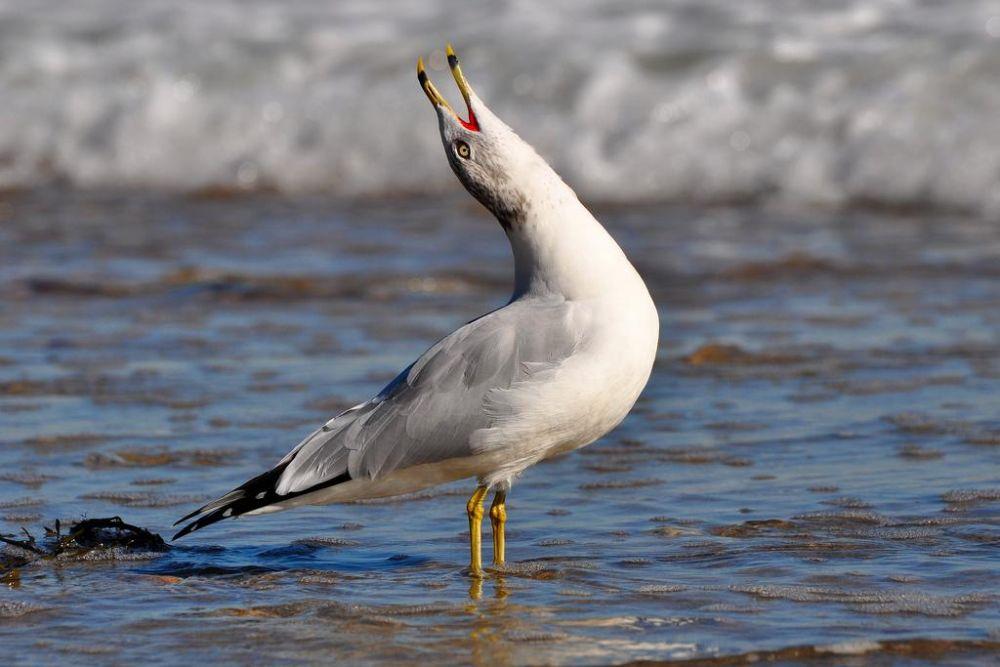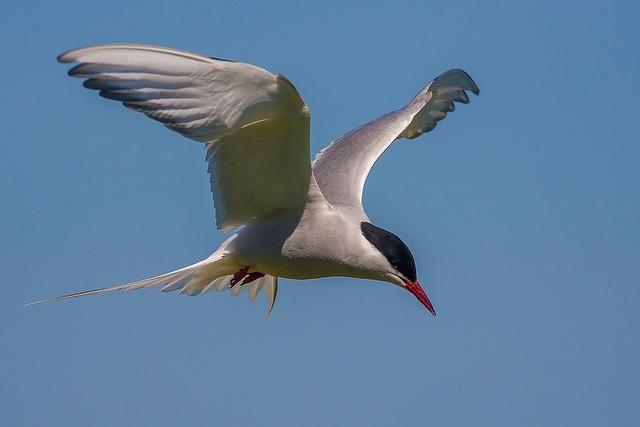- Tags:
- Something Wild

Heading south earlier than most: the shorebirds. Credit Larry Lamsa via flickr Creative Commons
The autumn shorebird migration starts early. The very first, early signs of autumn are now found moving southward along beaches and in salt marshes or high above New Hampshire's 13 miles of Atlantic coast.
Shorebirds are extreme long-distance migrants. Many species travel more than 15,000 miles annually. Some fly at altitudes exceeding 10,000 feet and cruise at 50 miles per hour. In springtime, they flood coastal communities like a rising tide, passing through en masse - starting in April and peaking by May. Their busy breeding season in Canadian arctic latitudes includes courtship, nesting, incubating eggs and brooding chicks.
No sooner do adults arrive before they turn around and head south again. Once fledglings disperse in July, adults immediately drift south through New England. The pace of their "ebb tide" southern migration each August is slower with prolonged stopovers at prime feeding and resting locations. Early migrants are adults. Before the end of August, juveniles follow.

While different species migrate at different times, they tend to travel in waves and make long journeys. Some species include the sandpipers, plovers, terns, dowitchers and yellowlegs. Gulls also migrate - gulls tagged in summer on Appledore Island in the Isles of Shoals were tracked to winter locales in Florida and Mississippi's Gulf Coast.
Meanwhile many inland birds don't leave until October. Sparrows, thrushes and wrens typically migrate in late October and even November.
"Last place" for a migrant shorebird goes to the purple sandpipers who arrive to winter here each November before leaving in spring for their more northern breeding range.
